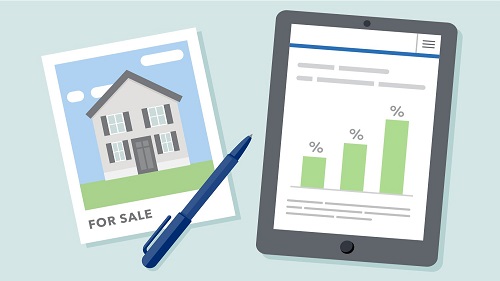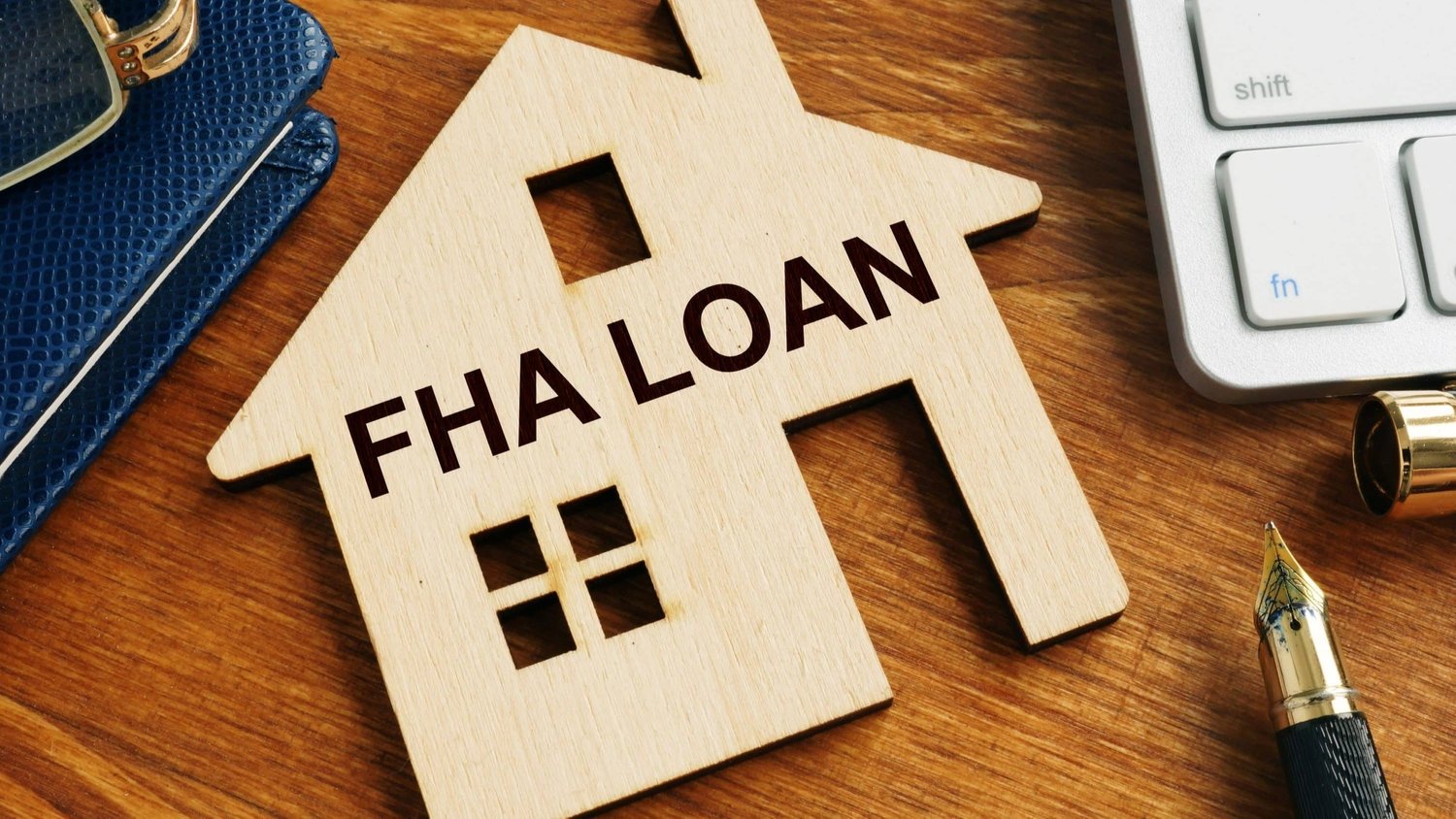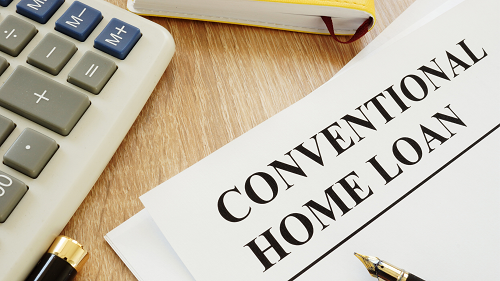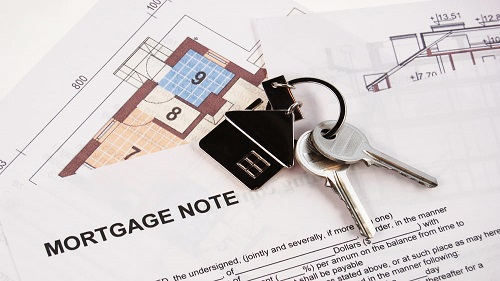
Mortgage Dove
Historical Mortgage Rates: How Do They Affect Home Purchases?
You probably have a sudden passion for interest rates if you have recently entered the housing market. In particular, you may not have given much thought to mortgage loan rates.
It was only a year ago that mortgage rates were at historic lows. A response to COVID-19 led to a reduction in interest rates by the Federal Reserve in 2020. Since prices are rising across the economy for various reasons, the Fed is raising its discount rate to curb inflation. A rise in mortgage rates has resulted from this.
Take a look at how 30-year fixed-rate mortgages (FRM) have changed over the decades.
Historical Mortgage Rates Through the Decades
If you're an interest-rate enthusiast, this is a particularly interesting time. A rising inflation rate is causing the Federal Reserve (the Fed) , the U.S. central bank, to raise interest rates.
There hasn't been inflation like the one we're experiencing right now since the 1970s. The fact that inflation has been embedded so deeply into the economy's psyche has led many experts to believe that things could get worse.
The following figures come from Freddie Mac, which began tracking 30-year fixed-rate mortgage rates in April 1971:
|
Mortgage Rates |
Where They Started |
Where They Were By The End Of The Decade |
|
1970s |
7.31% |
7.48% |
|
1980s |
7.48% |
9.78% |
|
1990s |
10.13% |
8.06% |
|
2000s |
8.06% |
5.14% |
|
2010s |
5.14% |
3.72% |
|
2020s |
3.72% |
Today’s mortgage rate |
1970s
From 1971 through the present, Freddie Mac has provided solid data on 30-year fixed-mortgage rates.
In 1971, rates were in the mid-7% range, and they rose steadily until 1974 when they reached 9.19%. Before climbing to 11.20% in 1979, they briefly fell into the mid-to high-8% range. Inflation was high during this period, which peaked early in the next decade.
1980s
During the 1970s and 1980s, an oil embargo against the United States caused the country to go into recession. The embargo was instituted by the Organization of Petroleum Exporting Countries (OPEC). As a result, the price of goods and services rose extremely quickly as a result of hyperinflation.
In response to hyperinflation, the Federal Reserve raised short-term interest rates. This increased the value of savings accounts. Conversely, interest rates rose, which increased the cost of borrowing money.
According to Freddie Mac data, rates reached their highest point in modern history in 1981 when the annual average was 16.63%. As the decade progressed, fixed rates declined, but they finished around 10%. It was expensive to borrow money in the 1980s.
1990s
The inflation rate started to moderate in the 1990s. In 1990, mortgage rates averaged 10.13%, but they gradually fell until finally dipping below 7% in 1998 to come in at 6.94%.
The internet was a major contributor to the economic growth and declining inflation seen later in the decade. In recent years, the growth of the economy has been largely attributed to increased investment in research and the development of new technologies.
2000s
Rates steadily declined from 8.05% in 2000 to the high-5% range in 2003. Despite these attractive rates, the housing industry's growth was short-lived. The Great Recession began after the economy crashed in 2008, bringing the housing market down.
The housing crash continued to worsen as property values plummeted. Due to this, many homeowners owed more on their mortgages than their homes were worth, which is known as being underwater on a mortgage. Earlier this month, the Federal Reserve lowered interest rates to provide relief and stimulate the economy.
Short-term interest rates, which financial institutions borrow money at, were slashed to the point where they were near zero. Thus, banks were able to keep mortgage rates low by borrowing funds at extremely low rates. This change contributed to mortgage rates falling almost a full percentage point in 2009, averaging 5.04%.
2010s
During the new decade, mortgage rates hovered around 4.69% due to low bank borrowing costs. They fell steadily until they reached mid-3% in 2012. Rates increased to 3.98% in 2013. Several reasons contributed to this, including the fact that the bond market got a little panicky when the Federal Reserve announced it would stop buying so many bonds.
There are fewer buyers available when mortgage bonds offer higher yields to attract buyers. As a result, mortgage rates also rise. The rate rose to 4.17% in 2014. In 2015, mortgage rates fell back to 3.85% after the market calmed down. Even though rates ended the year a little higher, they averaged 3.65% in 2016. Investors took refuge in the U.S. bond market in the face of global turmoil.
Following the 2016 presidential election, rates began to rise. It peaked in late 2018/early 2019. There was a range of 3.95% on the low end and 5.34% on the high end of the 30-year fixed rate mortgage (FRM).
2020-2021
Rates declined throughout 2019. For 30-year fixed rates, the average rate in January 2020 was about 3.7%. Then came COVID-19. Federal Reserve officials responded by dropping the federal funds rate to between 0% - 0.25%. Consequently, long-term and short-term interest rates dropped as well.
In addition to home loans, the move was intended to encourage borrowing in other areas. It also resulted in a large increase in refinance and mortgage applications. In December, Freddie Mac reported an average mortgage rate of 2.68% for a 30-year fixed-rate mortgage.
As mortgage rates hovered within the same range in 2021, the Fed has been raising its rates since July 2022 to reduce the amount of money in the economy. Mortgage interest rates are expected to rise further this year due to more rate hikes. The best time to apply is now if you missed the 2020 low.
Refinance & Historical Mortgage Rates
When you refinance your mortgage, you swap your old loan for a new one. Homeowners can lower their monthly payments by taking advantage of lower interest rates. You could use this extra money to pay off other debts or to build up your savings.
If you have enough equity in your home, you can utilize a cash-out refinance . Cash-out refinances allow you to tap into the home equity you've built through repayment of your mortgage and home value appreciation. It can be used to pay off other debts or to renovate your home.
Calculate your new monthly mortgage payment using our refinance calculator.
How Historical Mortgage Rates Affect Home Purchases
The lower the mortgage interest rate, the more likely people are to buy a home. A low interest rate means less money is paid in interest. In turn, this results in a lower payment. You can borrow an amount based on how much you earn and how much you can afford to pay each month. A lower monthly payment may enable you to afford a larger home.
An adjustable rate mortgage (ARM) can offer extremely low mortgage rates even if rates rise slightly. ARMs adjust their interest rates over time. If you want to get into a lower-rated ARM now, you can change it before it adjusts. If rates drop, discuss the possibility of converting your ARM to an FRM.
FAQs about Historical Mortgage Rates
Are you curious about historical interest rates? We've answered some of your burning questions below:
When were mortgage rates the lowest in history?
You might be surprised to learn that the lowest historical mortgage rates for 30-year fixed-rate mortgages occurred more recently than you think. As a result of COVID-19, mortgage rates reached 2.68% in December 2020, according to Freddie Mac. Similarly, the lowest average rate for 2020 is 3.11%.
Which mortgage rate was the highest in history?
In October 1981, 30-year fixed-rate mortgage rates reached their historical peak of 18.45%. The average annual rate that year was 16.63%. What's the reason? The OPEC embargo caused record inflation.
The Bottom Line: Cyclical Interest Rates
From the historical mortgage rate data from Freddie Mac, it becomes clear that a trend is emerging. A spike in the 1980s was the only exception to a decade-long trend of lower rates. In 1971, average interest rates were 7.54%. 3.11% is the average rate as of 2020. It will probably be a while before we see rates that low again.
Currently, interest rates are sitting between 6% and 7% and could rise even further this year.
"Mortgage Dove makes home financing convenient for every American. You can count on us to provide a home buying experience tailored to your personal needs and financial situation. We strive to give you the peace of mind that your home financing goals can be achieved.”

Mortgage®
www.mortgagedove.com



